Menu
There are so many types of scars! And so many treatments for them. Topical products, steroid injections and lasers to name a few. The good news is that for almost any type of scar you have, we’ve got a treatment option. Textured surgery scars – check, dark acne scars – check, red trauma or burn scars – check. See below for a sampling of the scars we can successfully treat.
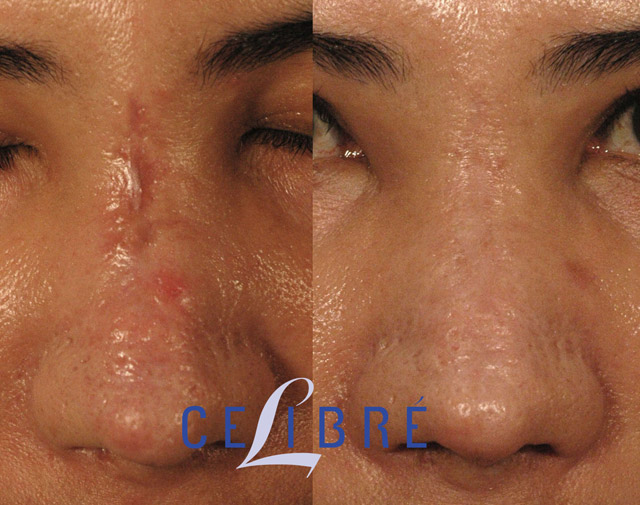
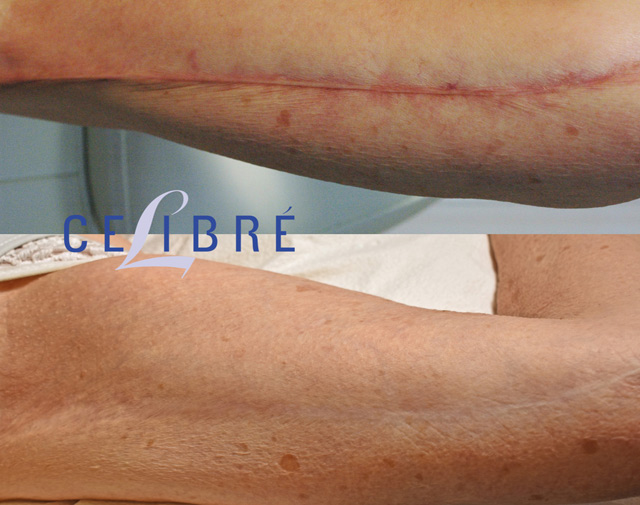
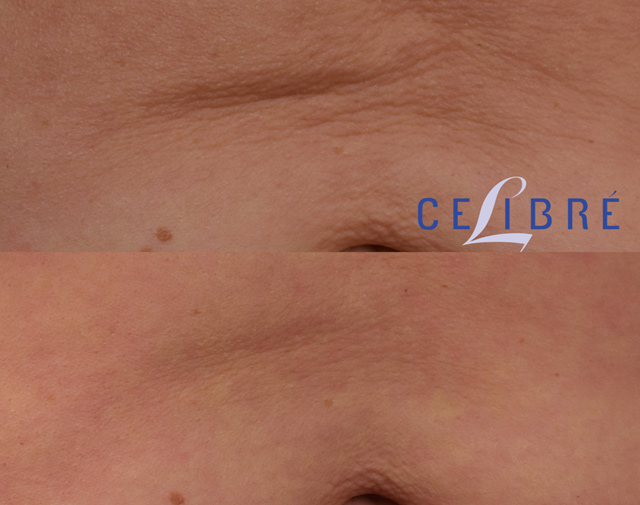


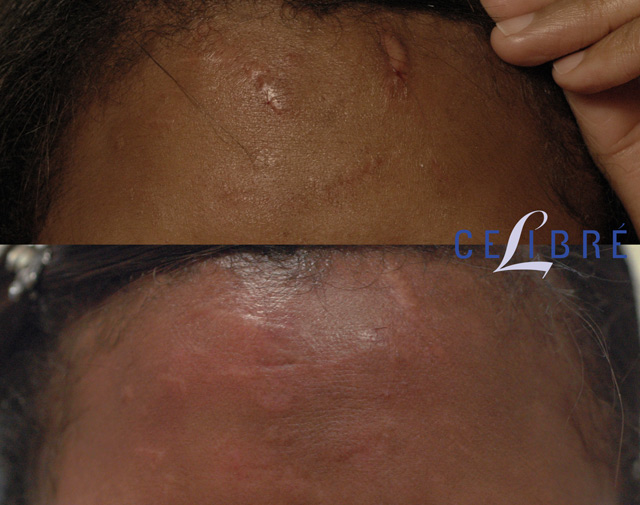
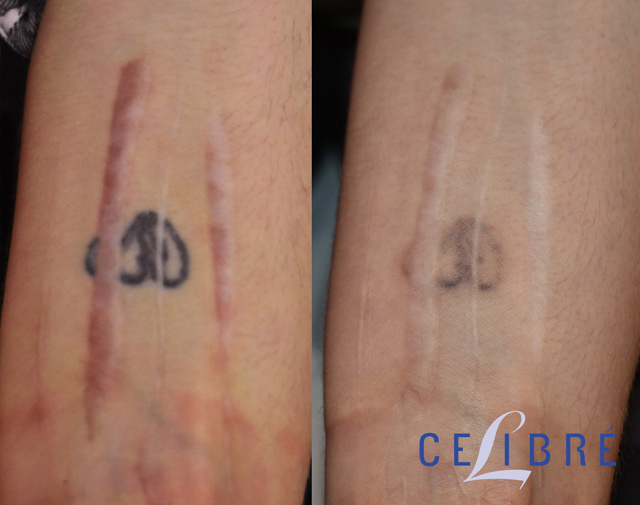
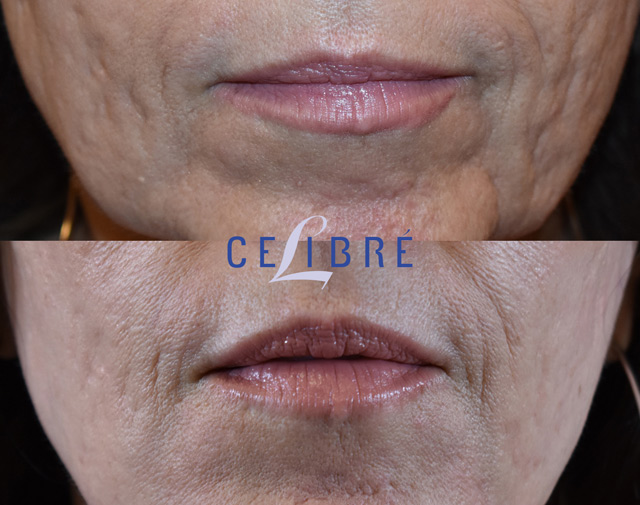
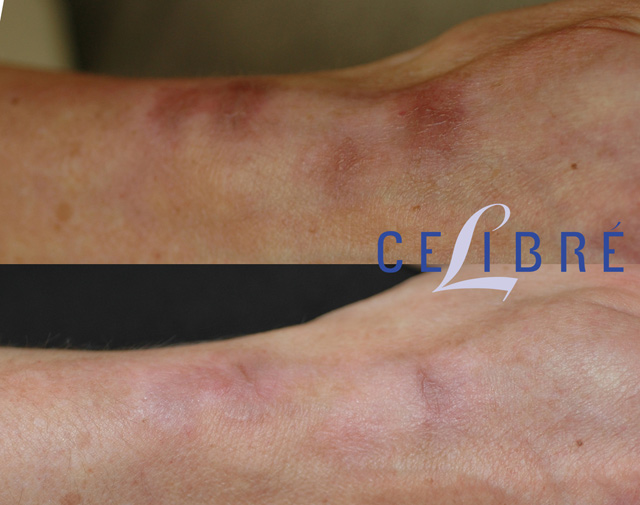
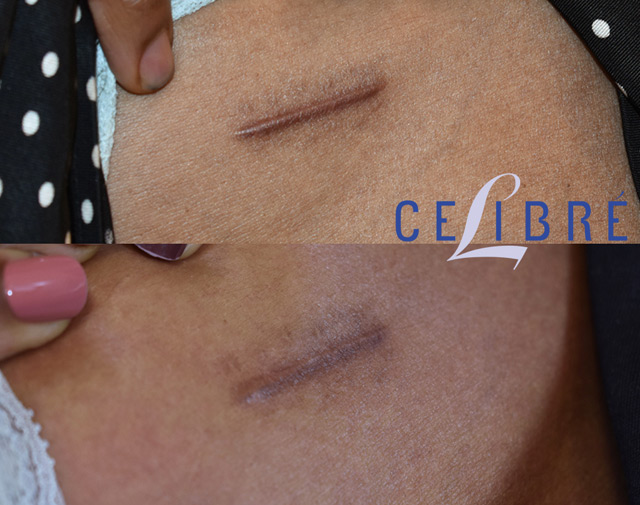
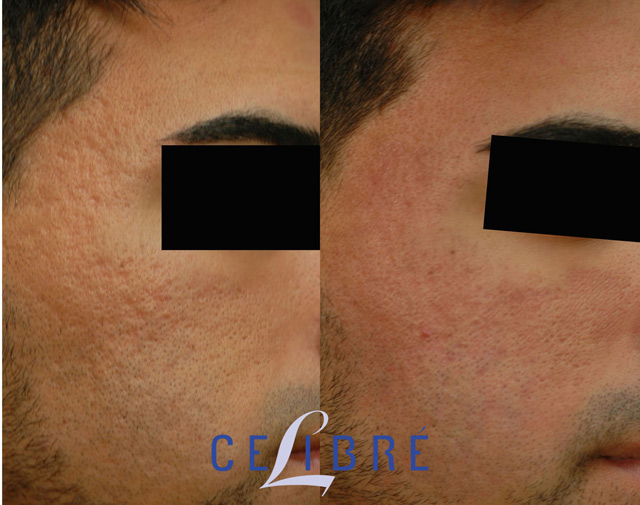
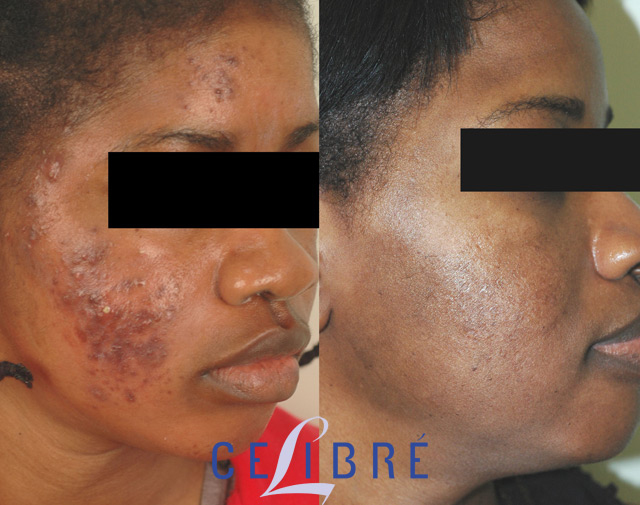

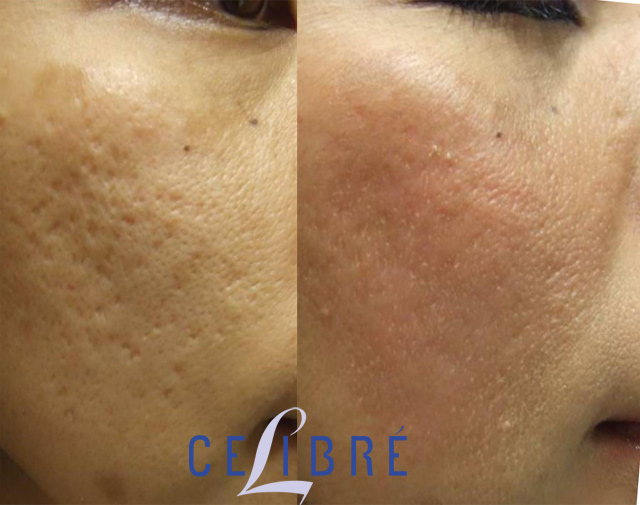
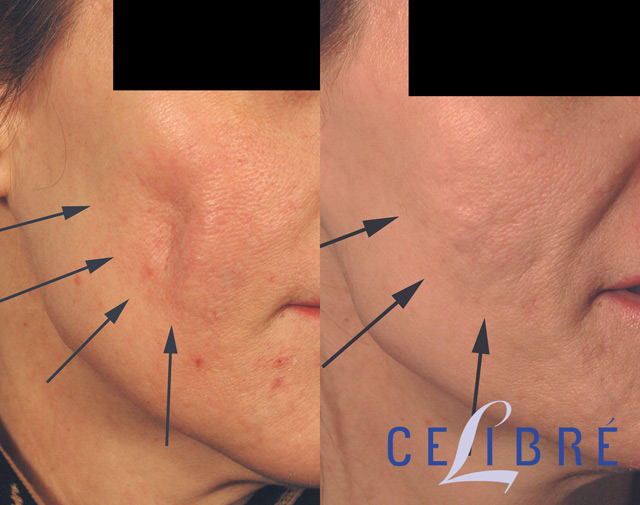
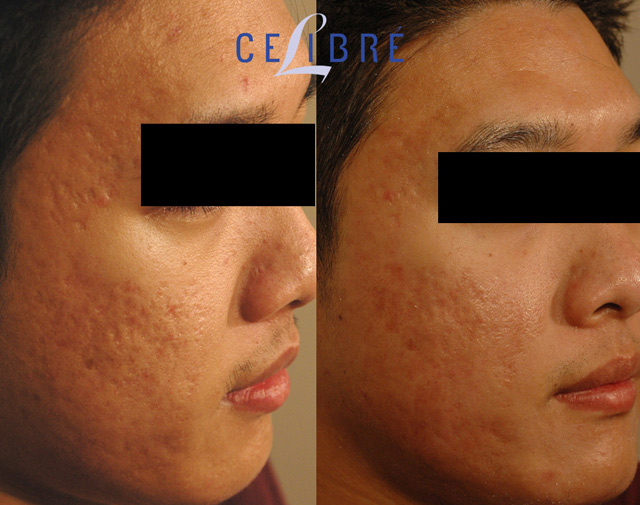
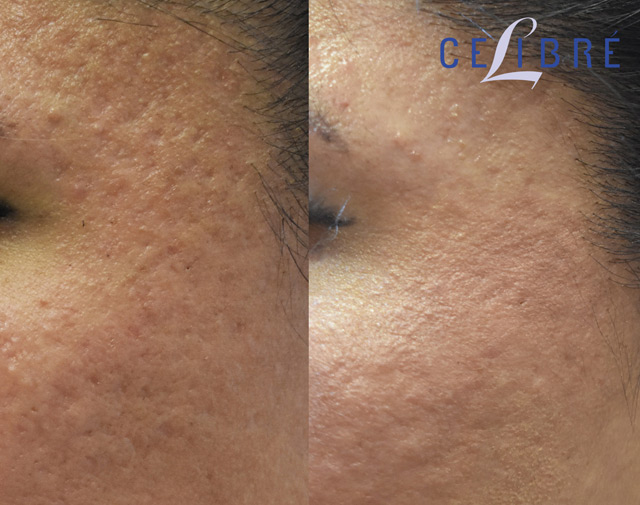
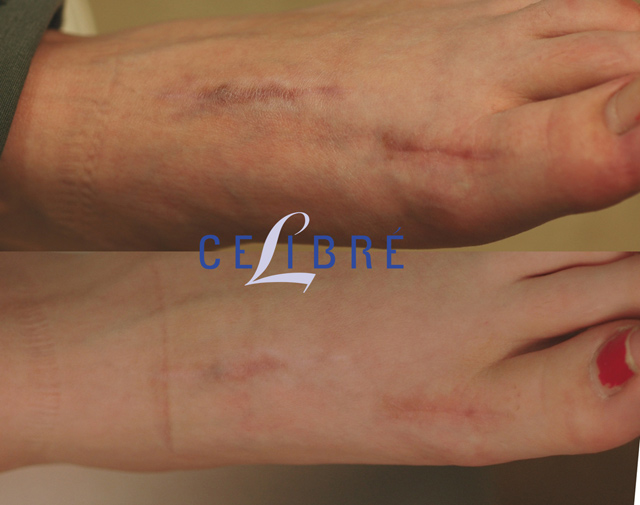

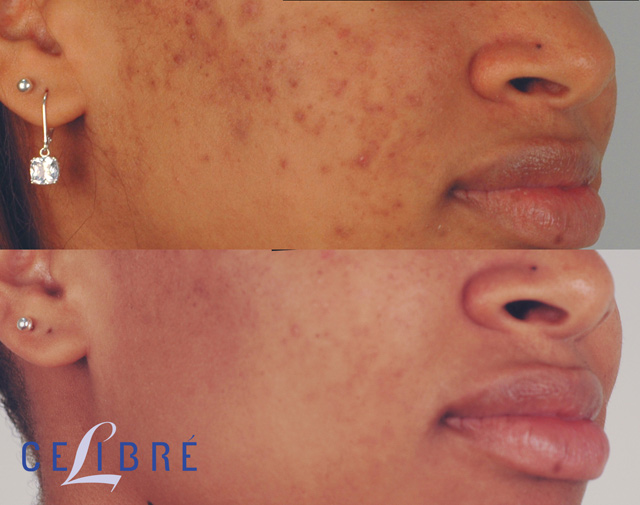
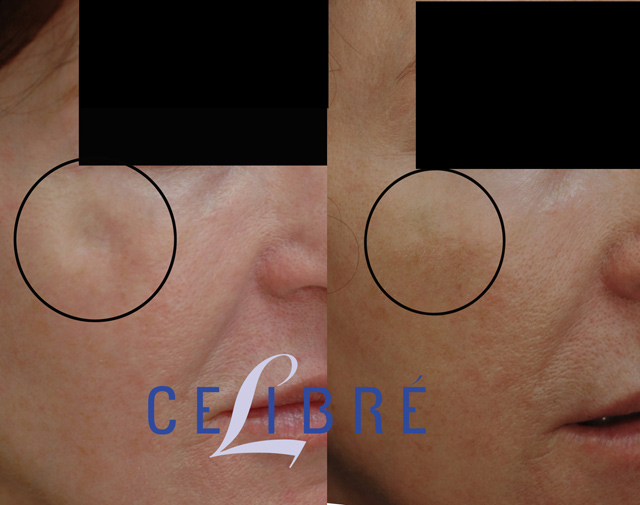
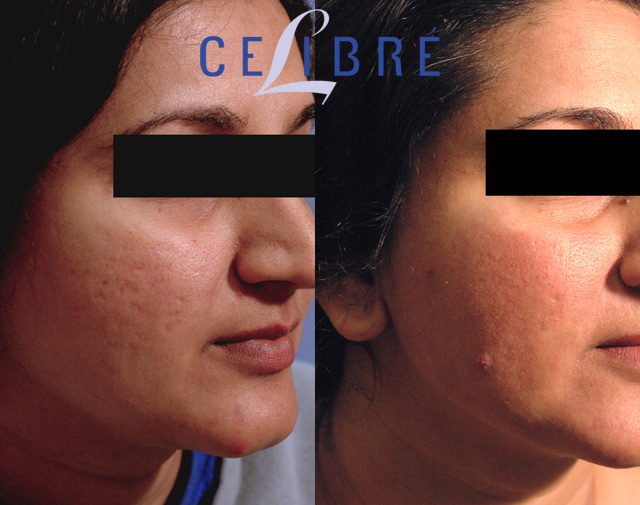

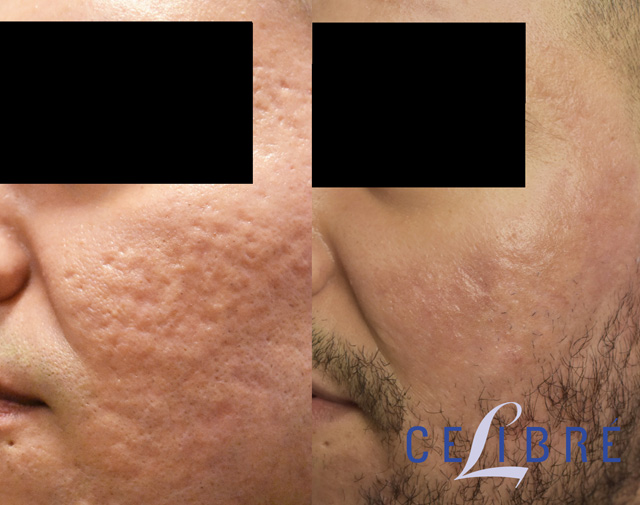
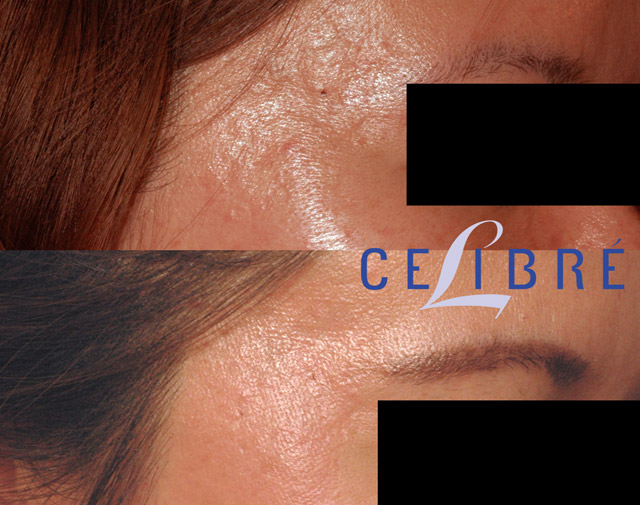
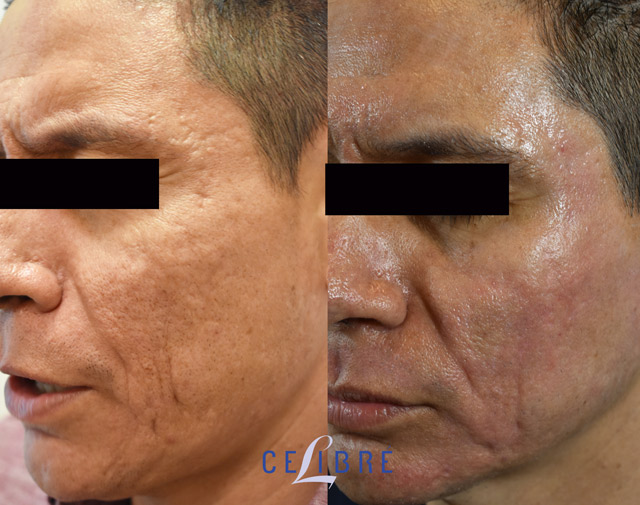
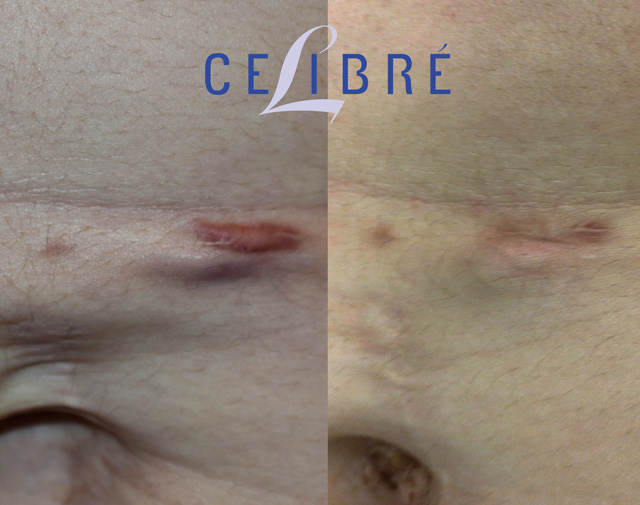

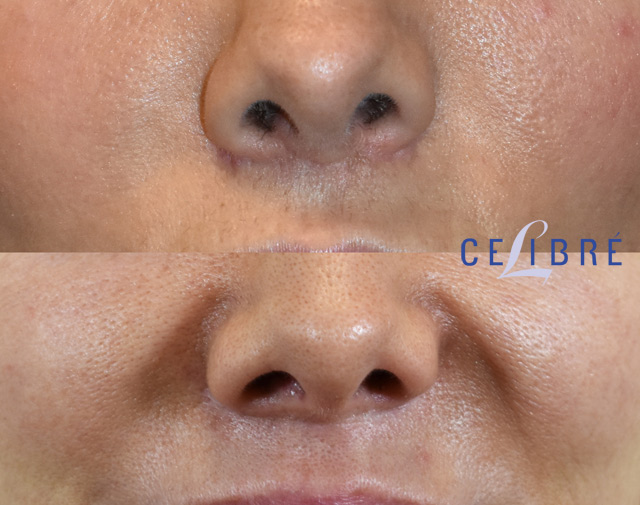
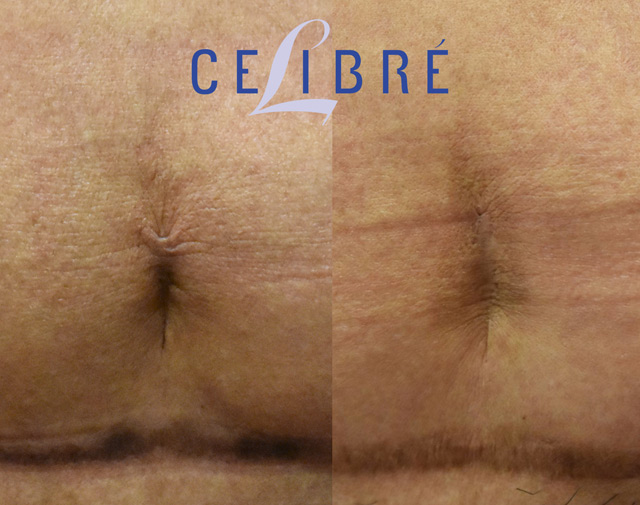
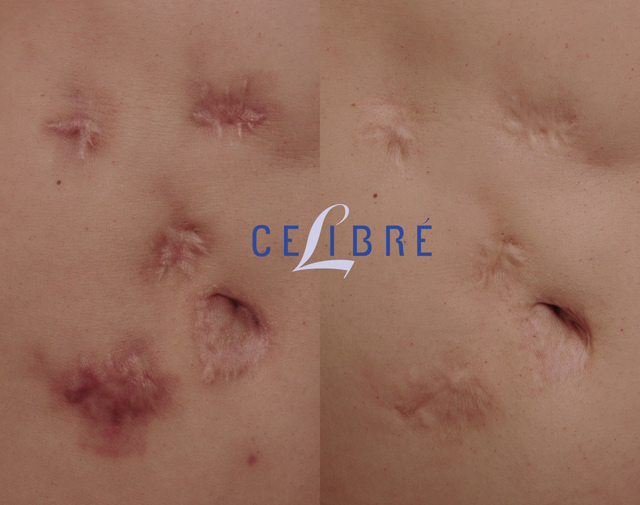
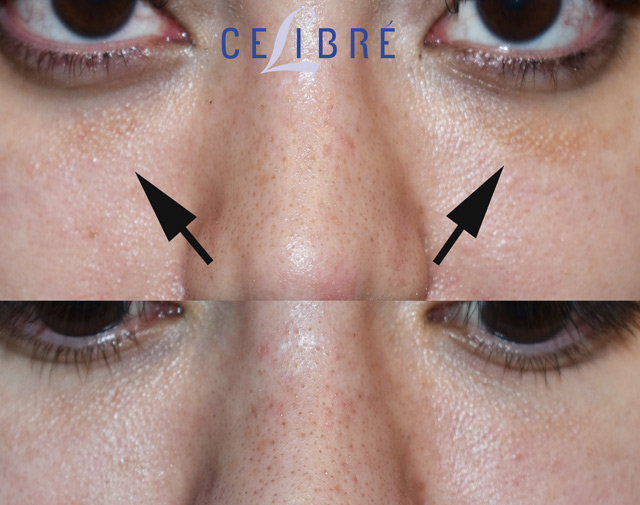
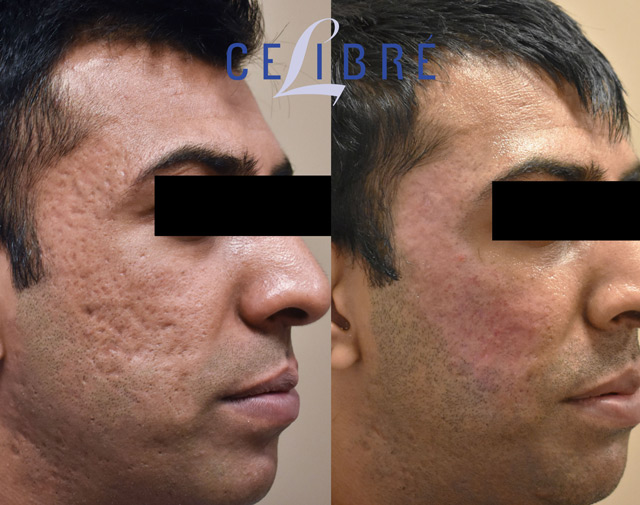
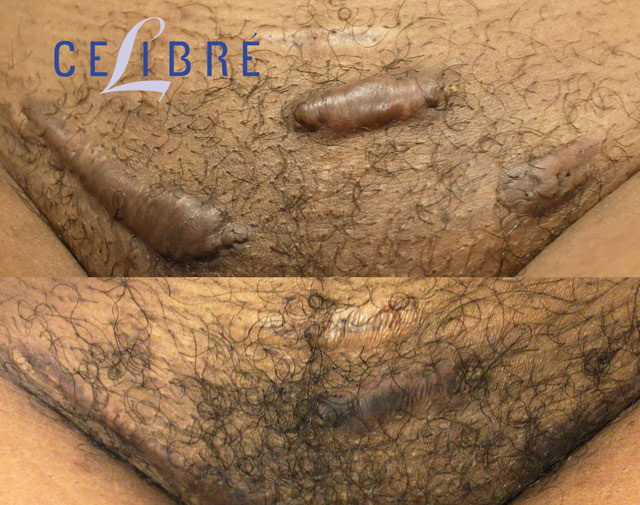
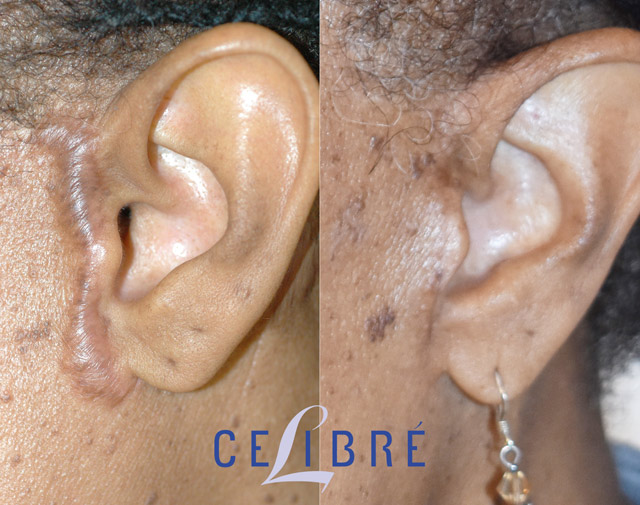
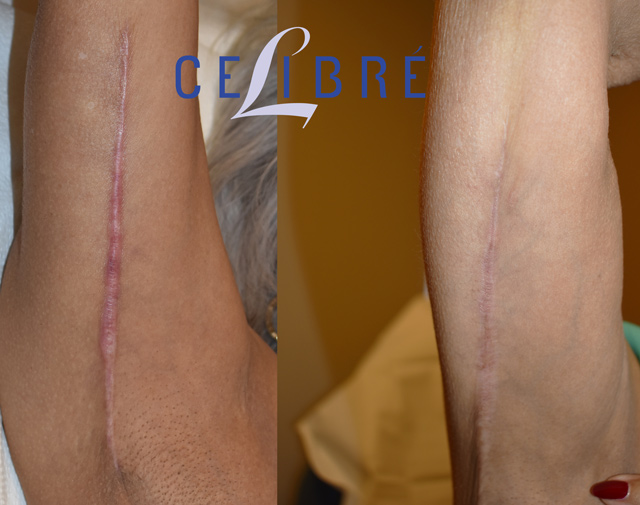

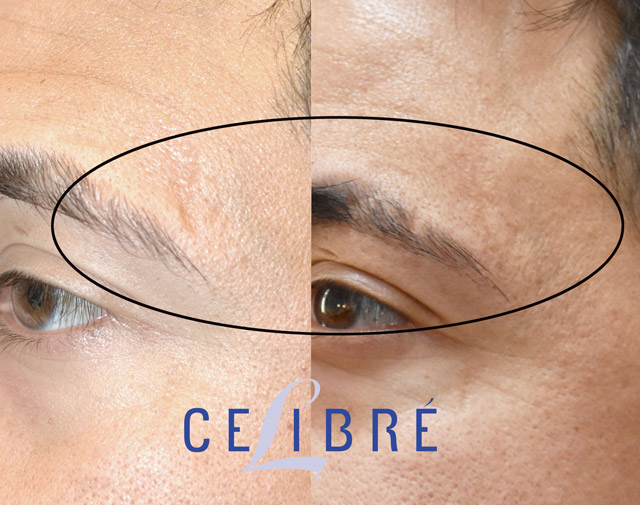
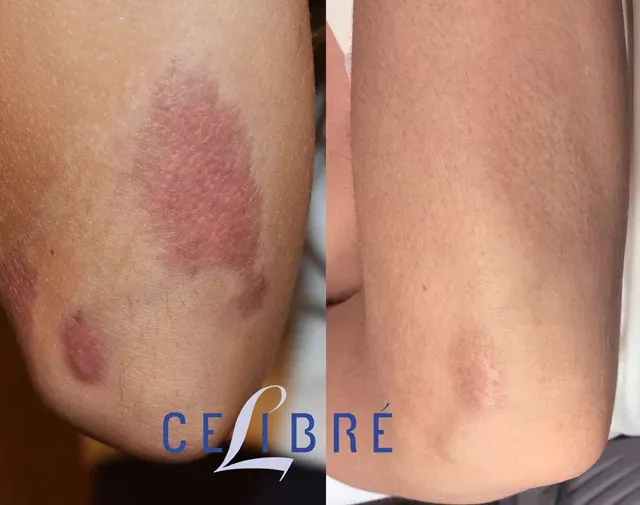
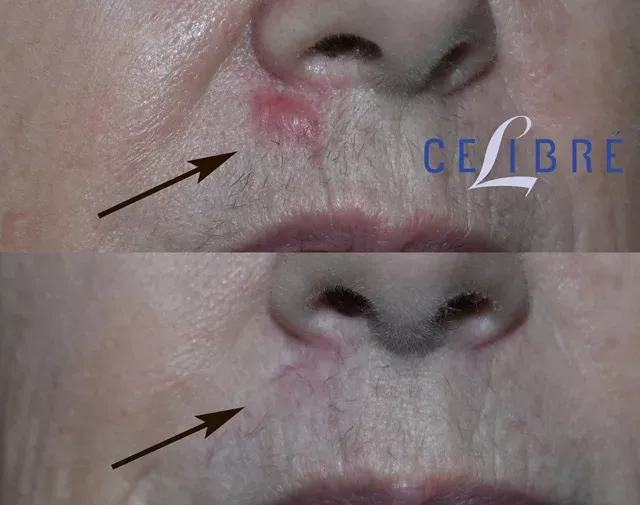
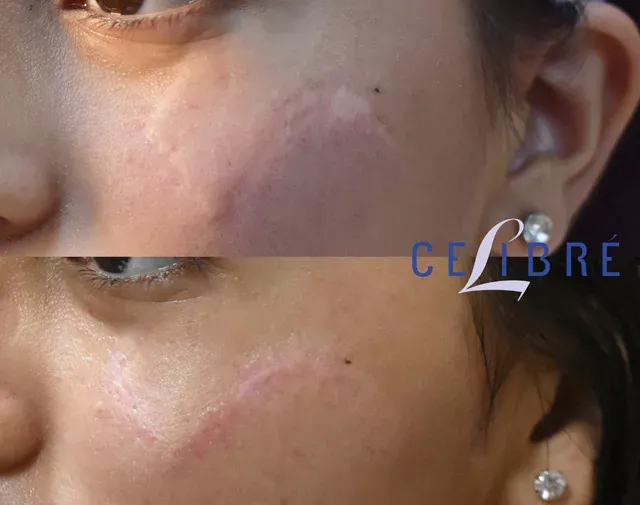
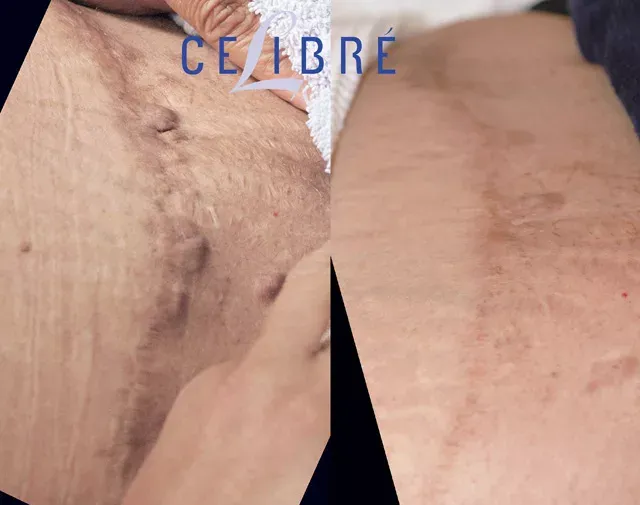
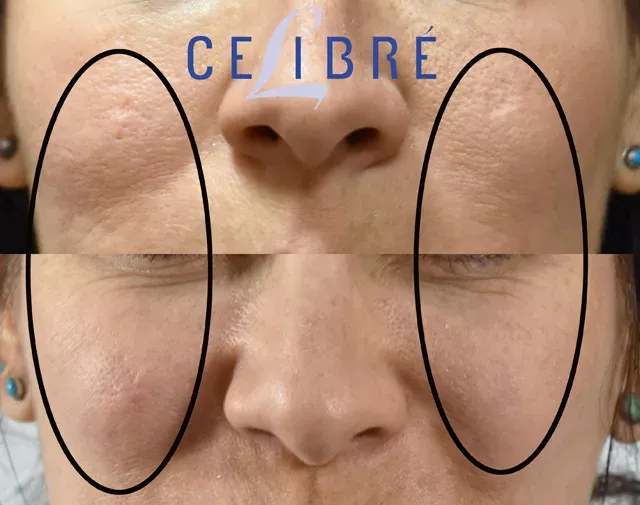

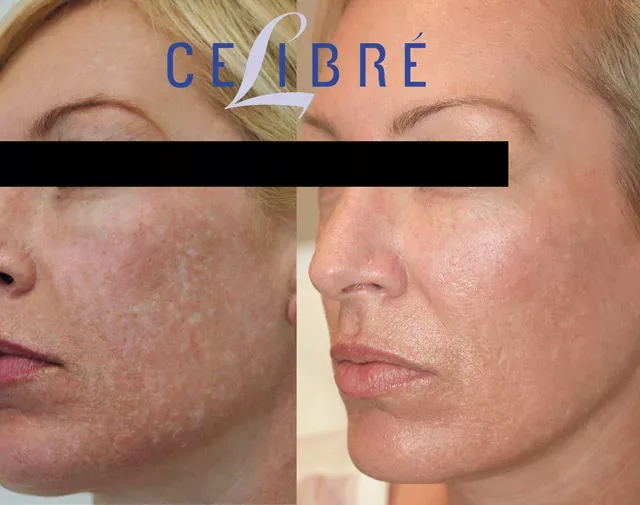
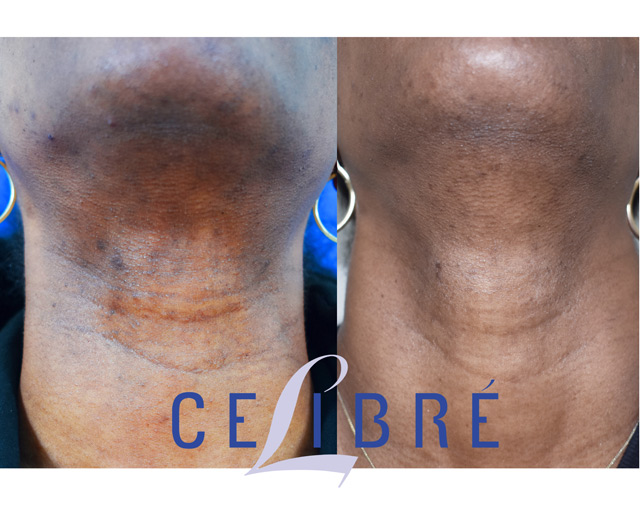
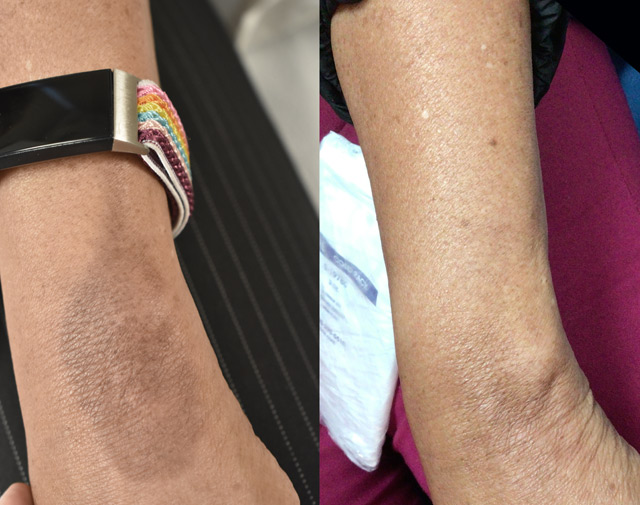
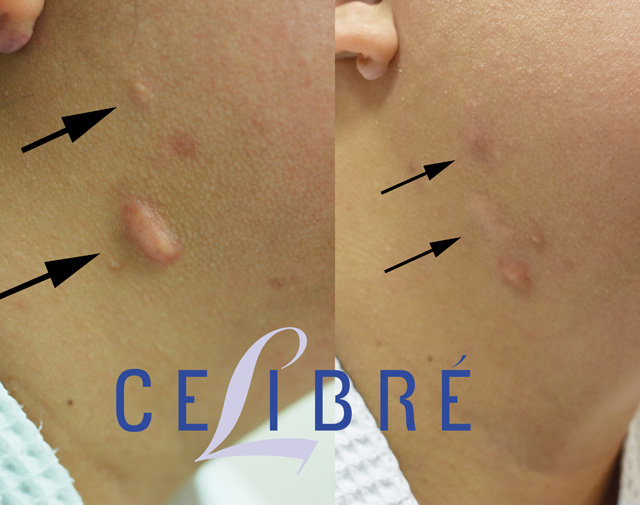
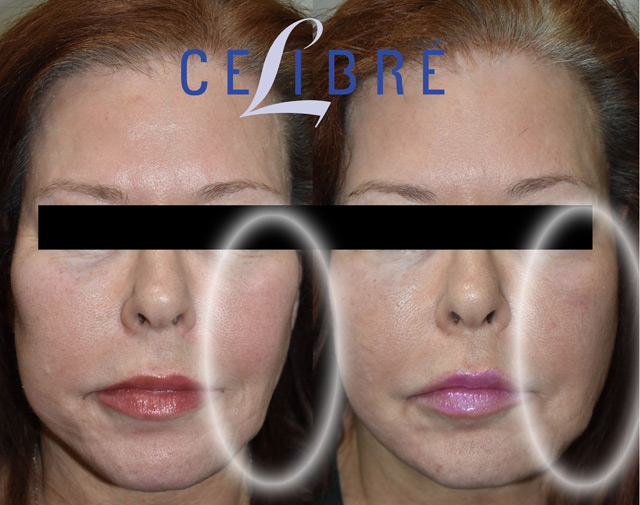

















































Below is a list of scars and how we successfully treat them:
Surgery scars. Scars that result from a surgical procedure (plastic surgery or an injury) can change the texture and/or color of the skin. In some cases, there is a waxy, shiny appearance. In others, the scar is white or lighter colored than the natural skin tone. Bumpy and indented scars can also result from surgical procedures.
Keloid scars are a type of scar that grows outside the boundaries of the original injury. Many patients mistake a very normal textured scar or even a small bumpy scar for a keloid. The difference is that keloid scars can grow very large, much larger than the original injury. Keloid scars are treated with steroid injections (Kenalog) and the goal is to shrink them to a flat appearance.
With most skin injuries, the healing process involves some type of discoloration. For lighter skin, the colored scars usually appear red and with darker skin types, the scars are brown. The redness appears as a result of the small blood vessels that the body brings to the point of injury to heal the scar. These small blood vessels usually retract over time, but the process can be sped up with pulsed dye laser treatments. The brown discoloration that affects medium and darker skin tones results from the deposit of excess melanin during the healing process. This type of discoloration responds to laser treatments or hydroquinone bleaching products.
